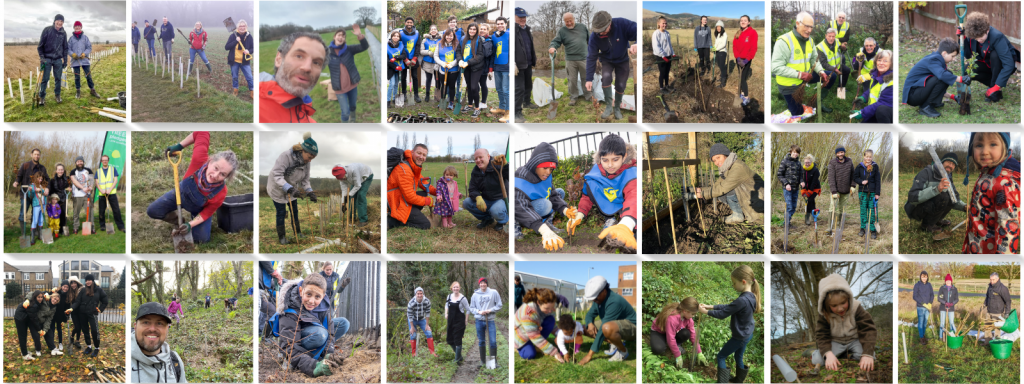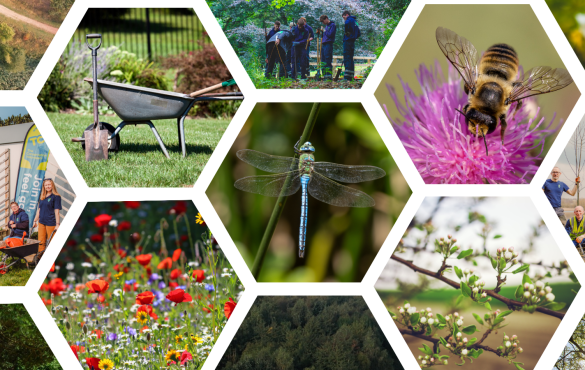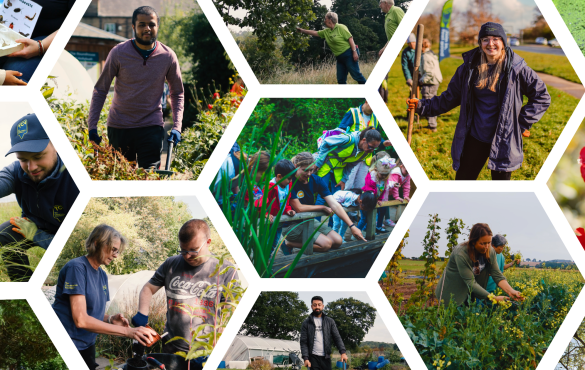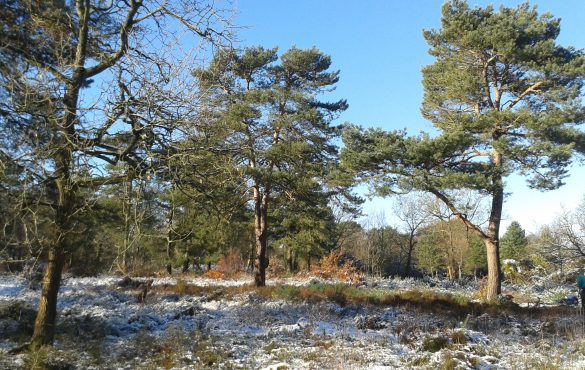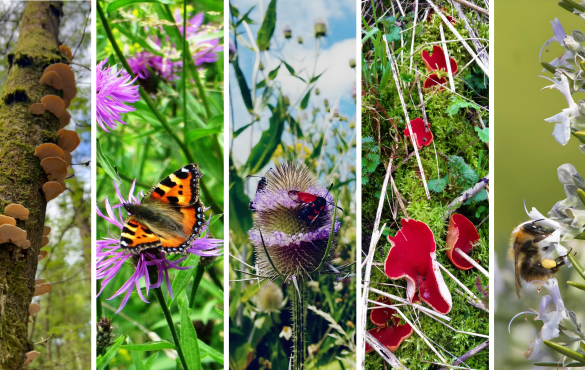Together, we continue to smash our tree-planting targets, planting millions of free trees for climate, wildlife and communities!
But we have only just begun. This year, with the help of thousands of community groups, volunteers and supporters like you, we are going further than ever with I Dig Trees: planting thousands of pocket forests across the UK, connecting corridors for our precious wildlife, increasing biodiversity and helping nature to thrive.
You can claim your free trees here, support tree planting as an individual, or offer corporate support for tree planting; however you choose to be involved, be sure to check out our rather ambitious tree-planting target and take a look at where the trees have been planted so far with our interactive tree map – there could already be a pocket forest near you, but there’s always space for more!
As the tree planting phenomenon continues, let’s look at what trees are best for UK wildlife and consider which trees are best suited for specific urban environments…
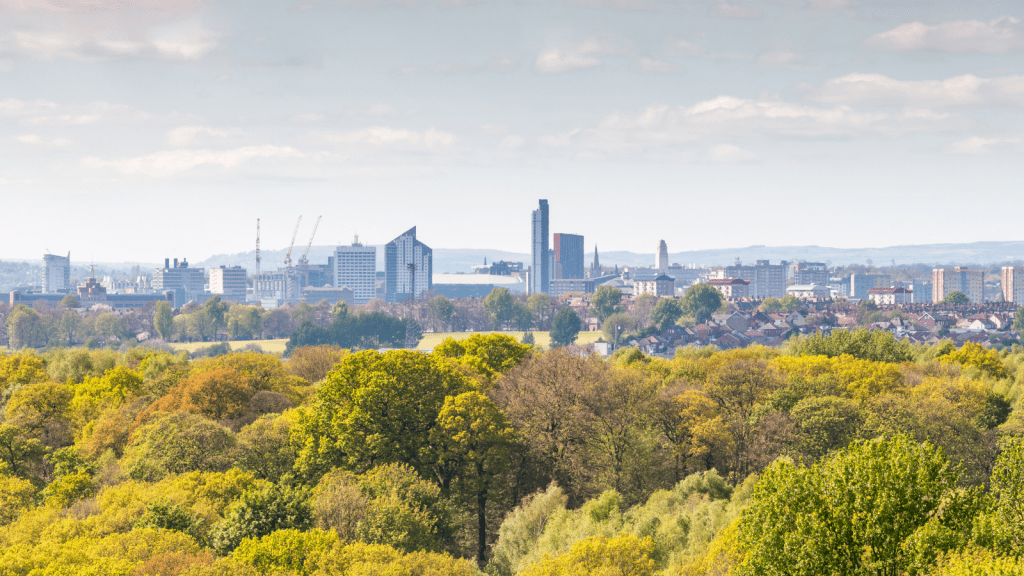
Choosing the right trees for community green spaces
At TCV we only plant trees in the UK and our free trees for communities are all native species, perfect for our precious wildlife. When choosing trees for a specific urban, suburban or rural community green space, it is important to consider the following factors:
- Height of the trees: The mature size of the tree should be appropriate for the available space. This is especially important when there are surrounding structures or telephone lines and is crucial when there are powerlines nearby.
- Shape of the trees: The average dimensions of the tree’s crown (canopy spread) should also be considered, again especially in areas where there are overhead wires or other obstructions such as buildings.
- Preferred Ground Conditions/Habitat: The tree’s tolerance to drought, preference of soil type and other environmental stresses should be considered.
- Benefits to your community and the wildlife: The benefits that the tree will provide should be considered, such as shade potential, air pollution removal, and most importantly the wildlife habitat and food they can provide.
Luckily TCV’s tree library gives you all the info you need to make an informed decision as to which UK tree species are best suited to your specific community green space. Now we’ll take a look at some suggestions for typical green spaces and trees that will likely suit your situation…
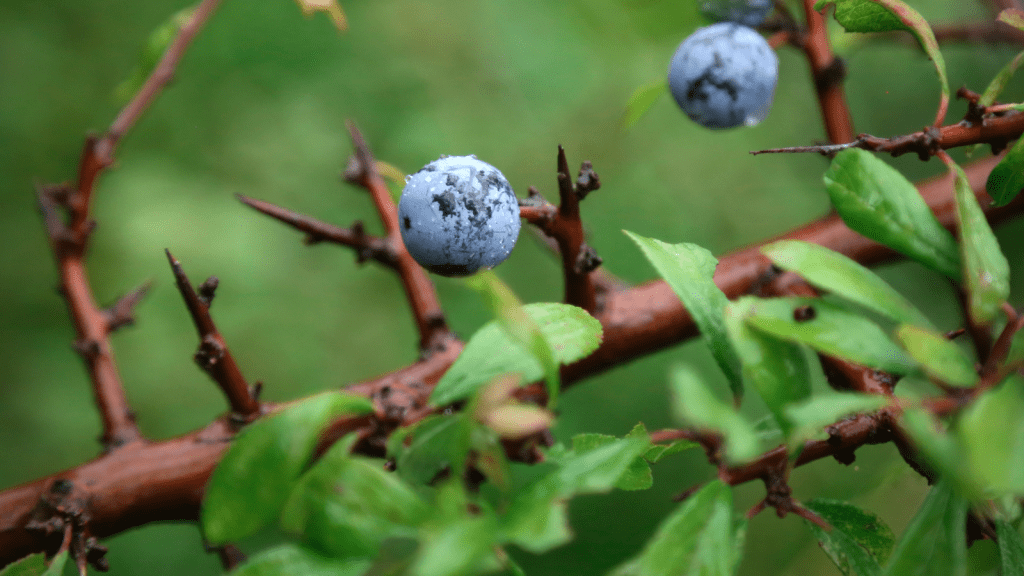
Best trees for wildlife gardens
Wildlife gardens are so important for community green spaces because they provide food, shelter, and breeding grounds for a variety of UK wildlife. This includes birds, insects, mammals, and amphibians. They have the potential to contribute to better air quality and slow water run-off to mitigate flooding. They also have the potential to mitigate noise pollution. You can also consider combining your tree planting with installing hedgerows for a diverse wildlife corridor that links up habitats and provides a wind break and shelter for your other planting.
Some good tree choices for UK wildlife gardens include…
- Blackthorn (Prunus spinosa)
- Hazel (Corylus avellana)
- Dogwood (Cornus sanguinea)
- Elder (Sambucus nigra)
- Dog Rose (Rosa canina)
- Silver Birch (Betula pendula)
- Spindle (Euonymus europaeus)
- Hawthorn (Crataegus monogyna)
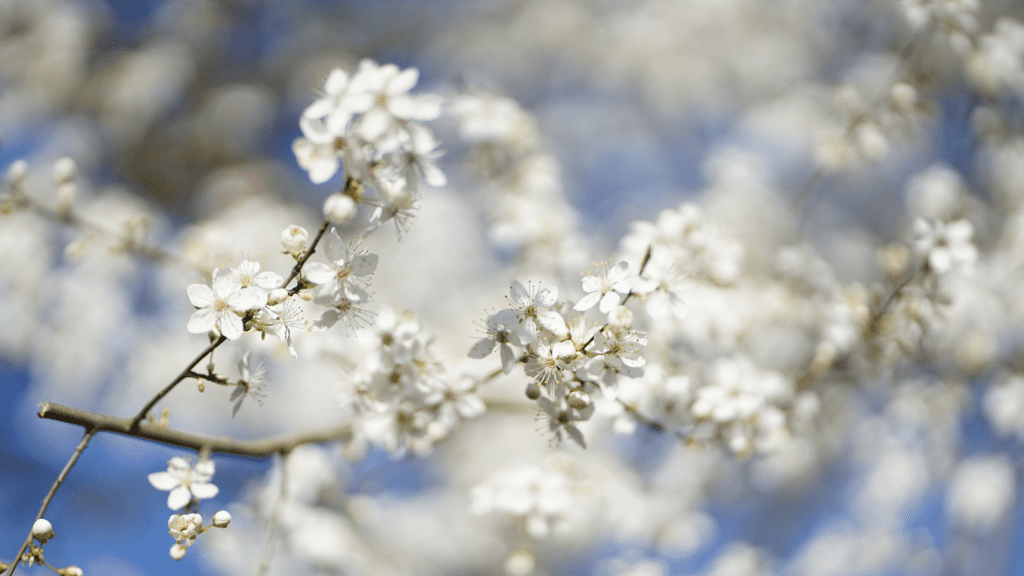
Best trees for butterfly and pollinator gardens
Creating butterfly and pollinator-friendly gardens and green spaces is crucial for supporting UK wildlife, especially at a time when urban biodiversity is declining. It’s important to note that caterpillars are a great food source for adult birds to feed to young nestlings, so you really are helping to support a thriving ecosystem by planting pollinator-friendly tree species.
These trees and plants offer vital nectar and shelter, attracting and sustaining pollinators such as bees, hoverflies and butterflies, helping to preserve the UK’s natural beauty:
- Blackthorn (Prunus spinosa)
- Rowan (Sorbus aucuparia)
- Dog Rose (Rosa canina)
- Goat willow (Salix caprea)
- Field Maple (Acer campestre)
- Alder (Alnus glutinosa)
- Fruit trees such as apples (including crab apples), pears and Wild Cherry (Prunus avium).
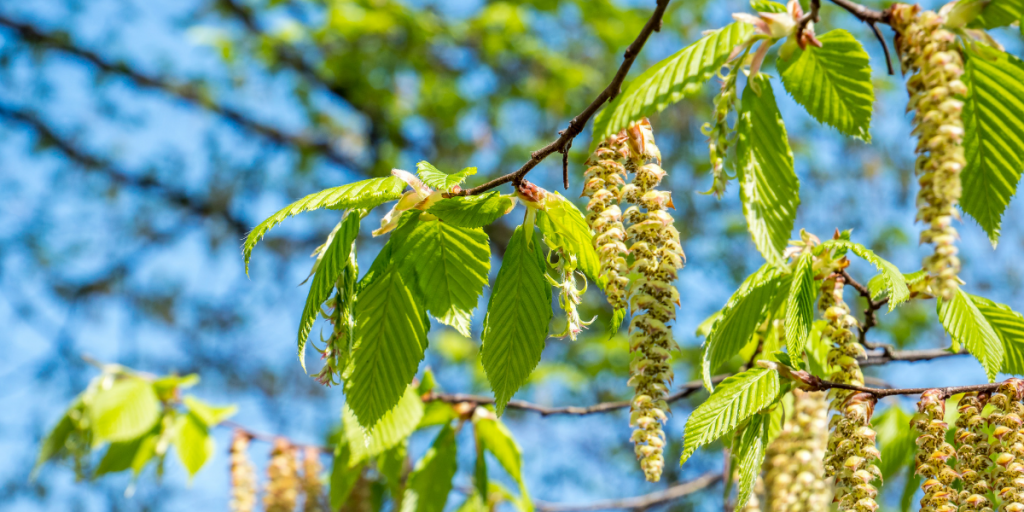
Best trees for urban parks
Trees in parks and gardens can provide shade and wind breaks, improve air quality, create a sense of privacy, and provide opportunities for people to relax and enjoy the outdoors. They provide great habitats and food sources for wildlife. They can also be used to ‘frame’ different types of spaces, such as playing fields, meadows, ponds and play-park areas whilst helping to mitigate impacts of climate change, such as flooding, in the urban environment. Some good choices for parks include:
- Common Oak (Quercus robur)
- Silver Birch (Betula pendula)
- Green Beech (Fagus Sylvatica)
- Hornbeam (Carpinus betulus)
- Alder (Alnus glutinosa)
This list is by no means exhaustive. These species can be complimented by other smaller trees and shrubs, so be sure to check out TCV’s tree library for further suggestions and to understand the height and spread of these trees when mature.
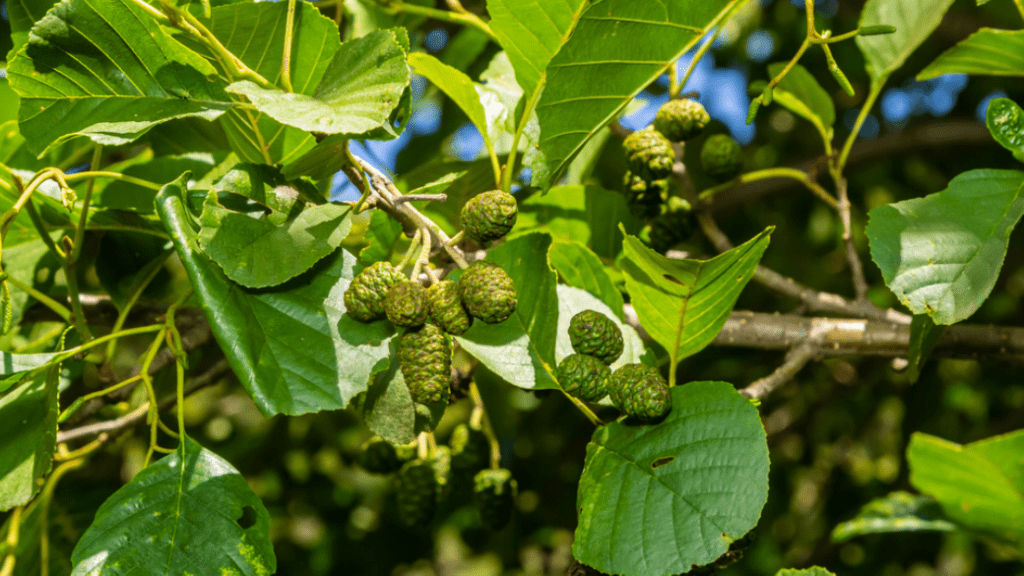
Best trees for traditional UK woodland
In traditional UK woodlands, the choice of trees plays a vital role in preserving our natural heritage. These trees not only enhance the beauty of our landscapes but also provide essential habitats for native wildlife. They support a rich ecosystem, offering shelter, nesting sites, and a diverse range of food sources. The right tree selection is key to maintaining the timeless charm and ecological balance of traditional British woodlands. Trees to consider are:
- Common Oak (Quercus robur)
- Green Beech (Fagus Sylvatica)
- Silver Birch (Betula pendula)
- Alder (Alnus glutinosa)
- Hornbeam (Carpinus betulus)
- Rowan (Sorbus aucuparia)
- Field Maple (Acer campestre)
- Hazel (Corylus avellana)
Again, be sure to check out TCV’s tree library for further suggestions and to understand the height and spread of these trees when mature.
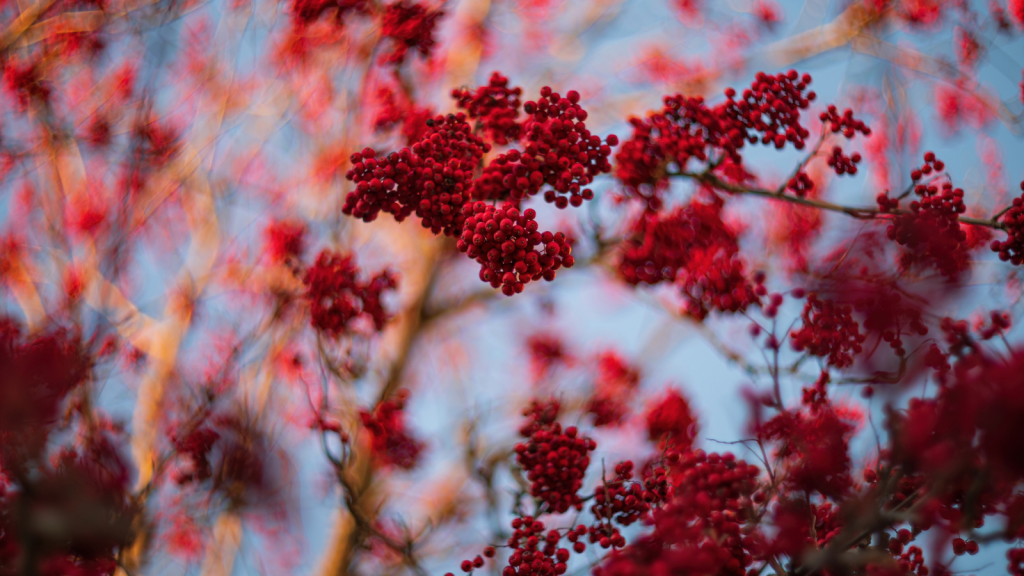
Best trees for small community green spaces
Short on space? Pocket forests are a fantastic way to cram in the diversity you’d expect from a forest, just on a smaller scale. The following are great options when space is limited:
- Downy Birch (Betula pubescens)
- Rowan (Sorbus aucuparia)
- Dogwood (Cornus sanguinea)
- Dog Rose (Rosa canina)
- Wild Cherry (Prunus avium)
Did you know TCV offers free trees for community groups including a specially designed ‘pocket forest’ pack? Be sure to check out our free tree packs on offer if you are looking to plant in an area which is publicly accessible.

Best trees for school grounds
Trees in school grounds can provide shade, create a sheltered area for an outdoor classroom, and provide opportunities for children to learn about nature. They also need to be durable and safe for children to play around. Some good choices for school playgrounds include:
- Fruit trees – these are great for engaging kids with nature and teaching them about where their food comes from and healthy eating. They also provide a much-needed nectar source for pollinators such as bumble bees and hoverflies. Did you know you can order free fruit trees for primary schools from I Dig Trees?
- Downy Birch (Betula pubescens)
- Silver Birch (Betula pendula)
- Grey Willow (Salix cinerea)
- Rowan (Sorbus aucuparia)
- Dogwood (Cornus sanguinea)
- Dog Rose (Rosa canina)
Do you need free trees for your community green space? Grown in the UK, our native tree packs have been carefully selected with UK communities and nature in mind. Trees to suit your needs, that provide maximum benefit for our cherished green spaces and the wildlife within.
There’s a pack for you! Think about what might matter to your local community. More pollinators? Amenity woodland? A pocket forest in your neighbourhood? Head over to our I Dig Trees pages to claim your free trees now.
Once you have your trees on order, you and any volunteers can also brush up on your tree-planting techniques with the following video. This will help your trees to thrive…
Keep up to date with the latest news and activities from The Conservation Volunteers by following us on Facebook, LinkedIn, X, Instagram and YouTube. You can also sign up to receive TCV’s Greenzine newsletter for more ways to get involved.
Visit www.tcv.org.uk and add your postcode to explore the volunteering opportunities available in your area.
